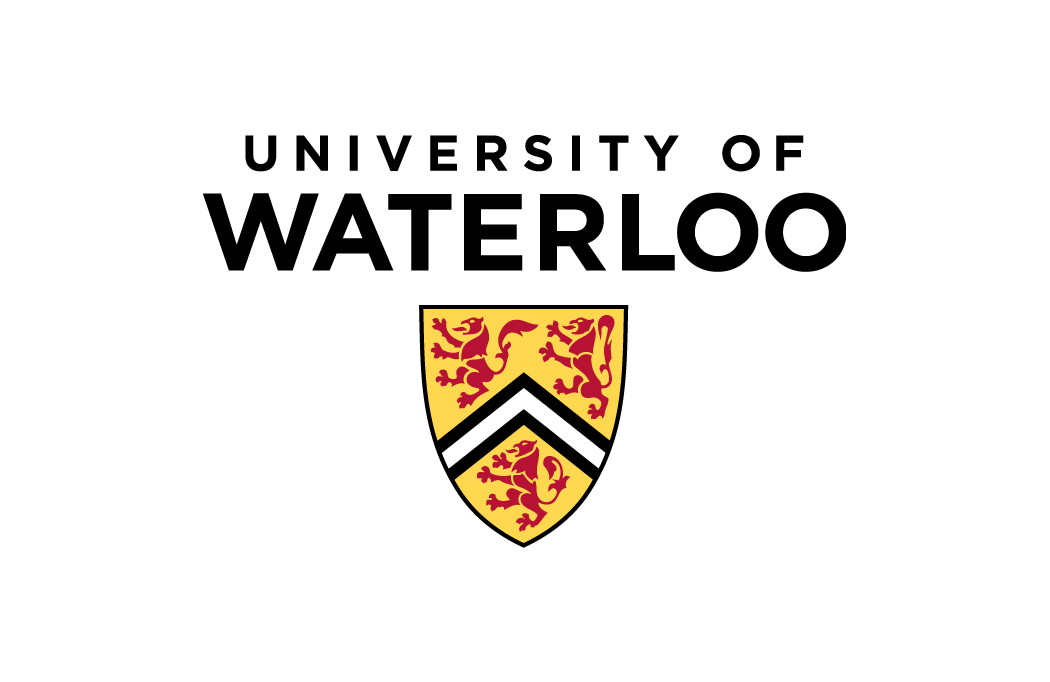Réunion d'hiver SMC 2017
Waterloo, 8 - 11 décembre 2017
- MARIYA BOYKO, University of Toronto, IHPST
The role of socialist competition in the Soviet mathematics curriculum reform of the 1960’s and 1970’s [PDF]
-
In 1958 the Soviet government led by Nikita Khrushchev initiated a major reform of education in order to bridge the gap that then existed between the school curriculum and the practical needs of the state. Prominent mathematicians and educators (including Andrei Kolmogorov) were involved in re-writing the mathematics curriculum. However, the content of the new curriculum proved to be unsuitable for the general audience of students who were not highly interested in mathematics a priori. There are numerous academic factors that influenced such an outcome, but it is also important to explore the ideological context in which the curriculum reform was taking place. Socialist competition was one of the most prevalent ideological phenomena in the 1950’s which influenced social and academic life of the state.
In this talk we will focus on the role of socialist competition in the math education reform which often gets overlooked in the literature. We will define the socialist competition on international, inter-state and interpersonal level, and explore specific examples of manifestation of the socialist competition in high school and elementary school setting.
- CRAIG FRASER, University of Torontoi
Demonstration and Analysis in Euler's Mathematics [PDF]
-
In a treatise on mechanics of 1736 Leonhard Euler commented on what he saw as a limitation of the traditional demonstrative approach to mathematics:
" ... the reader, even though he is persuaded about the truth of the things that are demonstrated, nonetheless cannot understand them clearly and distinctly. So he is hardly able to solve with his own strengths the same problems, when they are changed just a little, if he does not inspect them with the help of analysis and if he does not develop the same propositions with the analytical method."
Nevertheless, Euler recognized the value of demonstrative proof, writing in 1750 in a memoir on the theory of equations,
"There are general truths that our mind is ready to embrace as true as soon as we recognize their justice in particular cases ...[and] not only in a few or several cases, but also in an infinity of different cases. However, we can agree readily that all of these infinite proofs are not able to shield this proposition from all objections that an adversary may form, and that it absolutely necessary to have a rigorous demonstration to silence these objections."
The paper explores how the notions of analysis, truth and rigor were understood by Euler and how they played out in his philosophy of mathematics.
- JAMES T. SMITH, San Francisco State University
Overloading and Information Hiding in 1907 [PDF]
-
Mathematicians have never agreed on the most graceful way to construct real arithmetic from rational arithmetic. Around 1900 there were several choices, all of which seemed to require logic beyond the comfort level of many mathematicians. Dedekind’s famous method, simplified by Pasch, was rather straightforward: set-theoretic operations on certain classes of rationals behaved like familiar operations on real numbers. Pasch used them informally as such; Russell claimed they "were" real numbers. Peano complained that such identification conflicted with his ideography: writing x [proper subset of] y, when one really meant x [less than] y, was confusing and could lead to logical errors. In 1907 Mario Pieri suggested a simple logical technique as a remedy. Peano’s problem reappeared when programming languages were devised for large-scale electronic manipulation of coded data of different but analogous types, using different algorithms for analogous operations. Pieri’s suggested solution foreshadowed the identifier overloading and information hiding techniques of object-oriented programming. Overloading enhances reliability by making programming more intuitive; information hiding does so by fostering portability and by preventing disruption of low-level computations by errors in higher-level software. This might be a promising topic for historians of logic and computer science.
- VALERIE THERRIEN, Univerisy of Western Ontario
THE AXIOM OF CHOICE AND THE ROAD PAVED BY SIERPIŃSKI [PDF]
-
The acceptance of the Axiom of Choice (AC) was “a turning point for mathematics (…) symptomatic of a conceptual shift” (Kanamori 2012, 14). Whilst Western Europe remained hostile to this new vision of mathematics, it was in Eastern Europe that the seeds of this conceptual shift landed and yielded a cultivar that was to supplant and overtake the Western world. The situation changed in 1916 when Sierpiński, published a series of articles on AC and revived the debate – albeit on completely different grounds. Eschewing theoretical concerns about the nature and methodology of mathematical practice, he paid little attention to the question as to whether AC could be accepted as a mathematical construction. Instead, he recentred the discussion around practical matters (viz., its consequences, its interrelations and degree of necessity within various proofs, as well as its role in various mathematical theorems). Originally adopting an objective stance vis-à-vis AC, his programme was to eventually completely supplant all previous philosophical and methodological debates: “(s)ince the labours of Mr. Sierpiński and of the Polish School, a revolution has been produced. A certain number of mathematicians have fruitfully used the axiom of choice; things are no longer in the same place” (Lebesgue 1941, 109).





